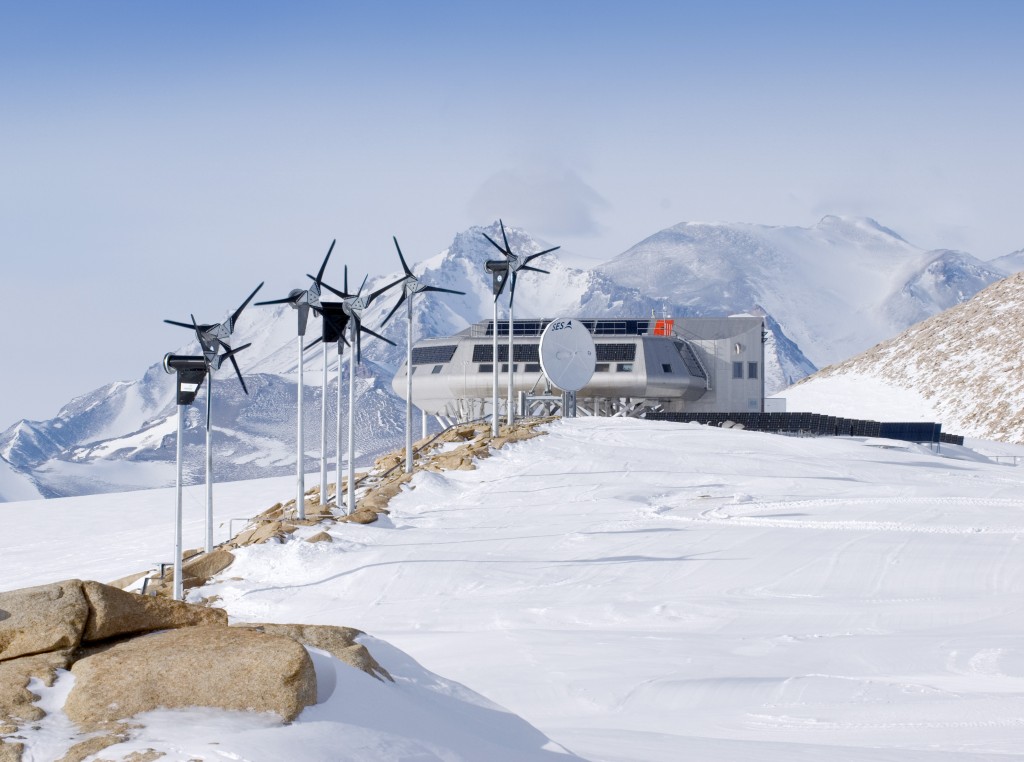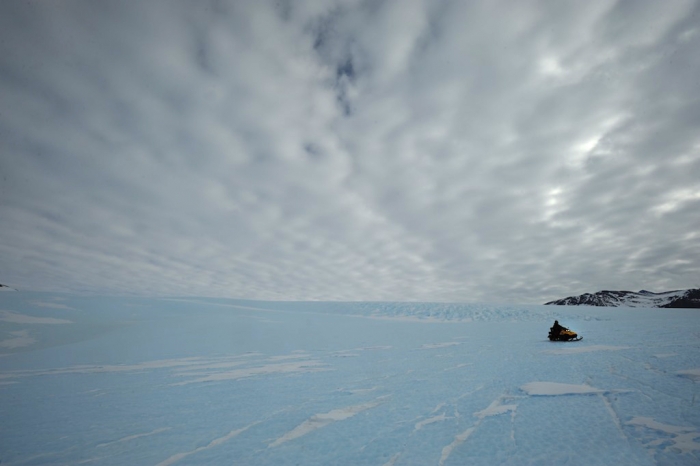Antarctic research with zero emissions

Turbines to make the best of the Antarctic winds. Photo by René Robert, International Polar Foundation
If there’s one place that definitely isn’t connected to the electricity grid and can benefit from using renewable energies, it’s got to be the Antarctic. Belgium, a country that might not be the first to come to mind when you think of polar research, has its own station, the “Princess Elisabeth Antarctica” station, and it is a “zero emissions” station. The summer research season has just come to an end, and the station says it was one of its most ambitious yet.“With the success of renewable energy and energy efficiency at Princess Elisabeth Station, even in the tough Antarctic environment – it’s clear that we have a real opportuntity to transfer these ideas into new ways to manage energy use in our homes, workplaces and cities, laying the groundwork for a new era of sustainable development”, said Alain Hubert, board director of the International Polar Foundation, on his return from four months at PEA. The IPF, which sees polar science as a way of understanding key environmental and climate mechanisms, operates the station, which was opened in 2008. This year it upgraded to higher capacity storage batteries, increasing the storage by around 25%.

Surveying the Gunnestadt glacier to install a seismometer, Copyright René Robert, International Polar Foundation
The station says it had more international scientists than ever before, from Belgium, Germany, Japan and the USA. Scientific projects hosted by PEA during the 2011-2012 season included Belgian projects on microbiology, seismology, ozone and Antarctic glaciers. Germany’s BGR (Bundesanstalt für Geowissenschaften und Rohstoffe) and the Alfred Wegener Institute for Polar and Marine Research (AWI) concentrated on the geological history of the Gondwana Supercontinent by studying rock formations in Dronning Maud Land. Japan’s NIPR (National Insitute for Polar Research) carried out a geological survey of the Sør Rondane Mountains.















